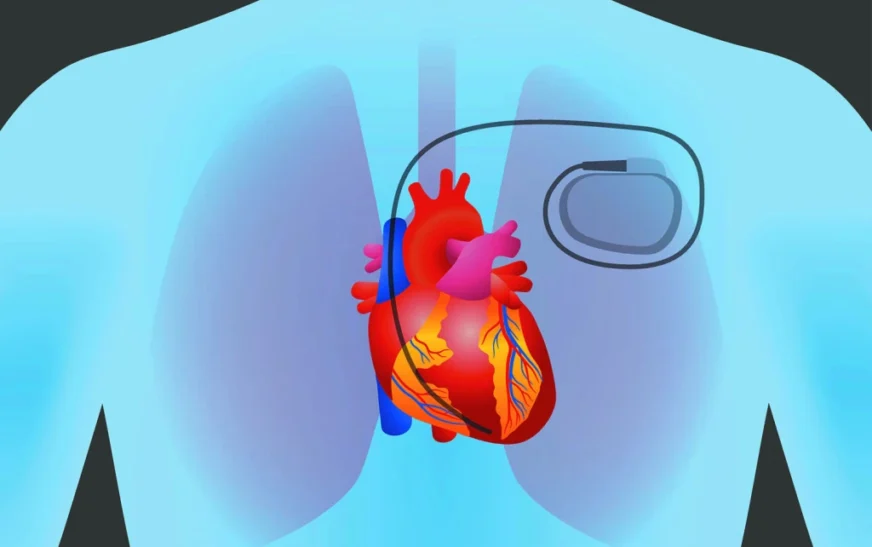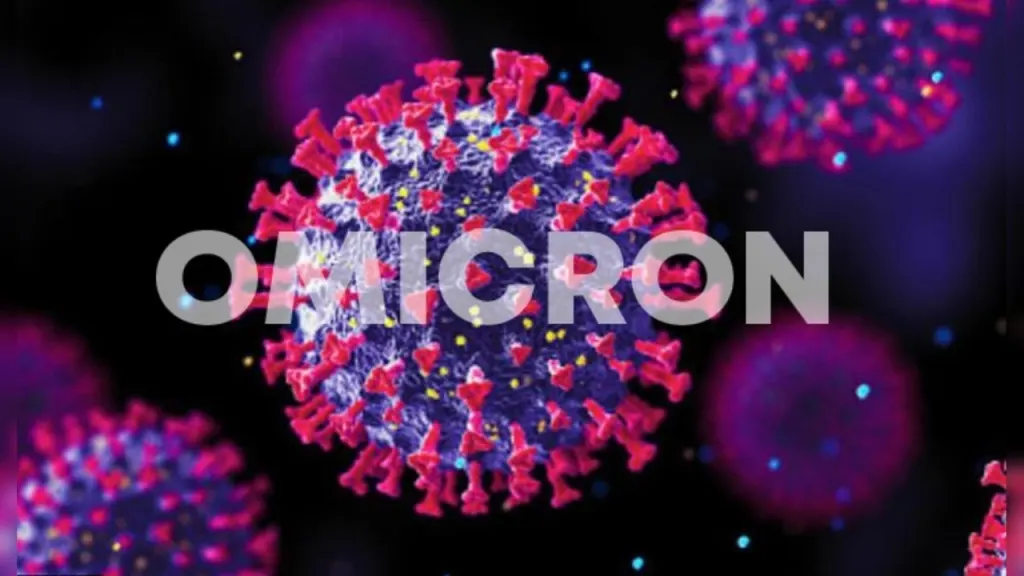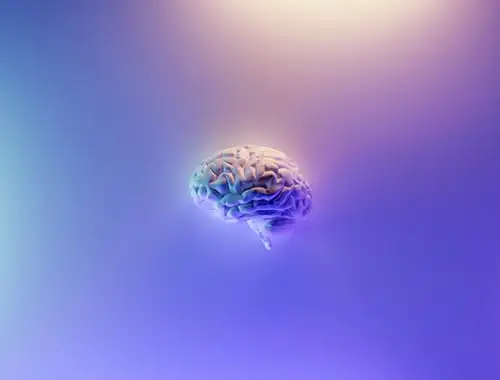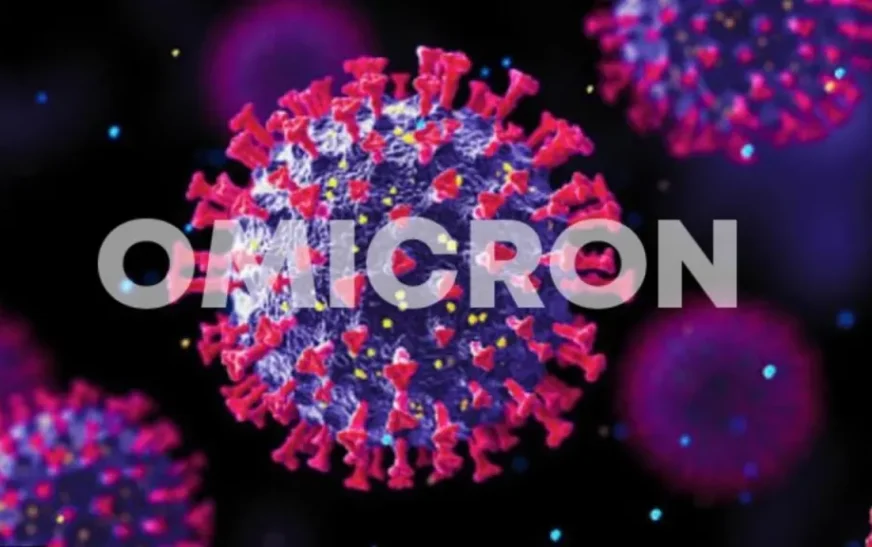An interesting event occurred recently when an otherwise healthy doctor suddenly lost consciousness and collapsed on the floor with a thud at his home. Attempts by anxious relatives to wake him up by calling or sprinkling water on his face did not work the way it normally does in fainting attacks we witness commonly brought on by prolonged standing in school assemblies or standing in line for long spells.
When partial consciousness returned, he checked his own pulse, and found it to be feeble and slow, around 20 per minute!
His pulse rate continued to be just 20 per minute (normally around 70), when he reached the emergency 40 minutes later, where he suffered another cardiac collapse. It was only when a wire could be inserted to his heart from his groin and his heart “paced” to 70, that circulation to his brain and body was restored.
After stabilizing him in the ICU for 2 days, a permanent pacemaker device containing a battery and two wires that reached down sending electric impulses to the muscles of the heart, that he could be sent home. He was of course lucky; most such cases are retrospectively given the label of unexpected sudden cardiac deaths.
While we are aware that the muscular heart pumps blood, we often overlook the sensitive network of pacemaker and “conduction tissue” that generates electric signals to initiate the “heartbeat”. When the heart paces with fear or romance, it is brought on through this system. If it snaps, as in a condition called “heart block”, the heart finds it difficult to beat as there are no impulses to initiate the contraction.
Of the 2 million sudden cardiac deaths that occur in India every year, 20% are due to these “rhythm or electrophysiological disorders” that usually present as episodes of giddiness, or loss of consciousness. They differ from the common “heart attack”, a term that usually denotes blockage in the coronary arteries supplying blood to the heart of which chest pain remains an important symptom.
Electrophysiological disorders range from increase in rate to irregularity of rhythm to extreme slowness, and the range of therapies vary from medicines, to pacemakers to other fancy devices.
When the light does not come on when you turn the switch on, the problem might well be with the electricity supply, voltage or the wiring. And these group of disorders are turning out to be important reasons for of increasing frequency of unexpected sudden cardiac deaths claiming apparently healthy lives.




